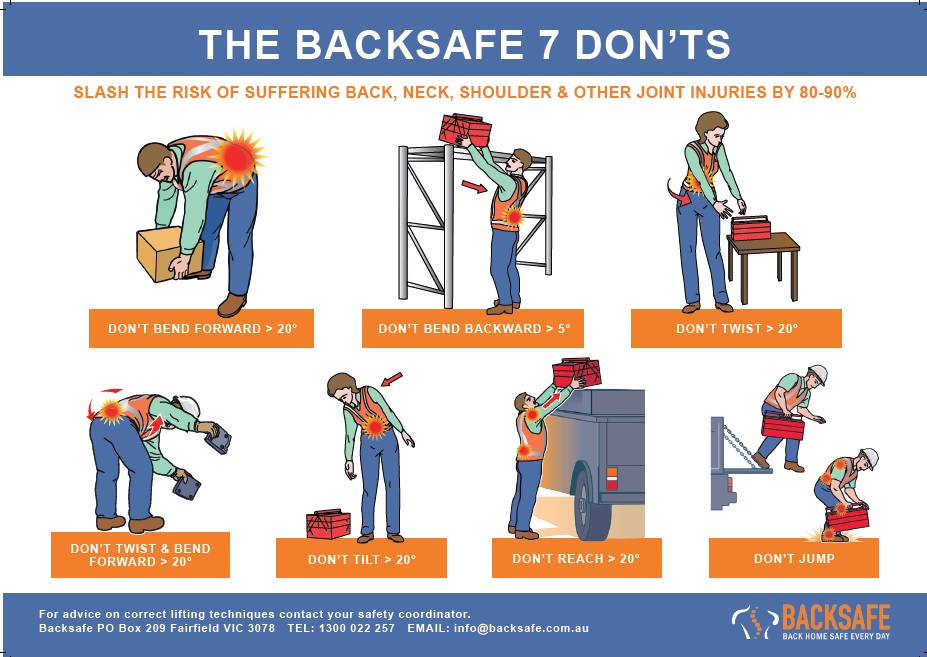Australian occupational health and safety laws (ultimately a State and Territory responsibility) seek to prevent workplace injury, disease and death; compensate workers who suffer work-related injury (or their dependents in the case of death); and rehabilitate workers suffering occupational injuries or disease. The primary focus of the work health and safety (WHS) framework in Australia is to foster safe and healthy work environments and safe work systems.
In Australia the WHS Legislative Framework is comprised of the following elements;
Acts give a general overview of how to make workplaces safe and healthy. They outline your legal responsibilities and duties as an employer and business owner. The Work Health Safety Act was passed into law by the Commonwealth, State and Territory governments except Victoria and Western Australia. The current version, dated 21 March 2016, incorporates all previous amendments. The objective is to harmonise workplace health and safety law as much as possible throughout Australia.
Regulations set out the standards you need to meet for specific hazards and risks, such as manual handling. They also set out the licenses you need for specific activities, the records you need to keep, and the reports you need to make. Some of the topics covered by regulations include consultation in the workplace, specific and general hazards, first aid and emergencies, the working environment and facilities and instruction and training.
Codes of Practice are approved practical guides in how to comply with the duties and responsibilities as set out under the WHS Act or Regulations. Examples of Codes of Practice include;
- Hazardous Manual Tasks
- First Aid in the Workplace
- How to Manage WHS Risks
Go to the Safe Work Australia website to see a full list of Model Codes of Practice.
Australian Standards provide guidelines relating to matters such as design, operation and maintenance of equipment and systems, and technical specifications or other matters necessary to ensure that a material or method will consistently do the job it is meant to do.
Go to Standards Australia website to search for Standards relevant to your workplace.
Industry Standards provide guidelines specific to different industries. Australian Industry Standards is a government-funded not-for-profit organisation that develops skills standards across a range of Australian industries. They work with a range of industry reference committees (including transport and logistics, and the gas, electricity, electrotechnology, corrections, public safety (including police, fire services, defence), water, aviation and maritime industries) to develop Industry Standards.
Go to the Australian Industry Standards website to search for Industry Standards relevant to your workplace.
Guidance Material contains information to assist in the implementation WHS Acts and Regulations. Regulating agencies administer health and safety laws and are responsible for inspecting workplaces, providing advice, and handing out notices and penalties where necessary.
The Backsafe Program has been informed by all related Acts, Regulations, Codes of Practice, Standards and Guidance material. We can work with you to make sure you comply with all elements of this framework as it relates to manual handling.
If you require any further information or advice in regard to your roles and responsibilities either as an employer or employee, please call us on 1300 022 257. Or call Peter Broadbent directly on 0414 460 859. Or send us an email at info@backsafe.com.au




